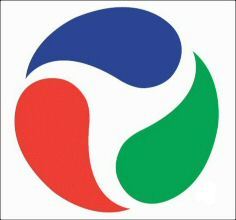 There are three intellectual property classification systems named by the city in which the system was established. Can you name the three systems?
There are three intellectual property classification systems named by the city in which the system was established. Can you name the three systems?
In my own career the city-named classification system with which I first became familiar was the Nice classification system. (This happened to me because of the accession of the US to the Madrid system in 2003.) The Nice system, named for Nice, France, is for classifying goods and services in trademark applications. It is used in the Madrid Protocol system and is used by most trademark offices around the world.
More recently I found myself making frequent use of the Locarno classification system. (This happened to me because of the accession of the US to the Hague system in 2015.) The Locarno system, named for Locarno, Italy, is for classifying industrial designs. It is used in the Hague Agreement system and is used in most industrial design protection offices around the world.
Most recently I have found myself making frequent use of the Vienna classification system. The Vienna system, named for Vienna, Austria, is used for classifying figurative elements of trademarks. Like the Nice system, it is used in the Madrid Protocol system and is used by most trademark offices around the world.
(There is a fourth classification system for intellectual property, but it is not named after a city. It is the unimaginatively named International Patent Classification system.)
The figurative mark shown above offers an opportunity to give an example of a Vienna classification. This mark is the subject of an international trademark registration. The International Bureau classified this mark in the following Vienna classes:
- 01.15.15 – natural phenomena, namely drops [of water]
- 26.01.13 – geometrical figures and solids, namely circles or ellipses containing representations of heavenly bodies or natural phenomena [in this case, the drops of water]
- 29.01.13 – colors, namely three predominant colors
